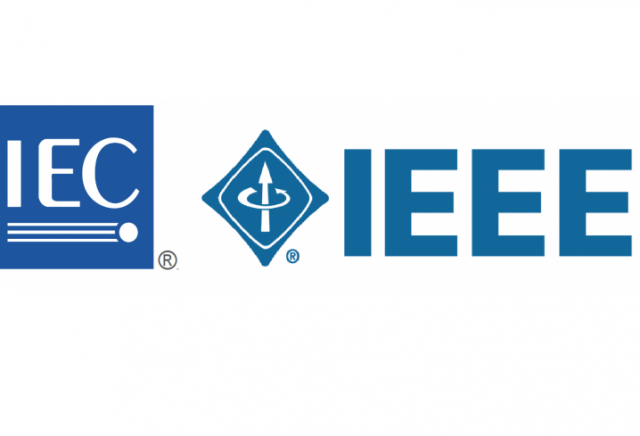A project dealing only with either IEEE or IEC standards is not an issue. If there will be mix standards within a single project, then compliance becomes an issue.
In the Philippines where implementing agencies are not too strict as to which standard to implement, interfacing between the IEC and IEEE will not be too much a problem.
What if strict compliance requirements are essential like in the oil & gas industry? How is implementation of mixed standards be?
Leading electrical equipment manufacturers are now designing their equipment to comply on both standards out of the box. In most cases however, this is not possible. One good example is cable. Cable is also where most interface happen.
In green field installations, strict demarcation between standards help ease out the problem of interface. In brown field installation however, it may be easier said than done.
I once got a problem of joining an IEC cables to AWG cable in a Zone 2 hazardous area. As on site modification will void any certification on the junction box, I need to be careful with the selection of glands and terminal blocks. Terminal blocks should be able to accommodate the small and the larger cable size.
This is just a simple example. A more complicated example will be joining two switchgears from different standards. How could you still maintain compliance without voiding warranty of the equipment?
Your guess is as good as mine!!!
Update:
In actual practice, if two(2) switchgears are required to be joined together as installing them separately is not an option due to space limitations (i.e. installations in offshore platforms where spare is always an issue), a transition tier is installed, one side to match the IEC designed switchgear and the other one is for the ANSI/IEEE switchgear.
